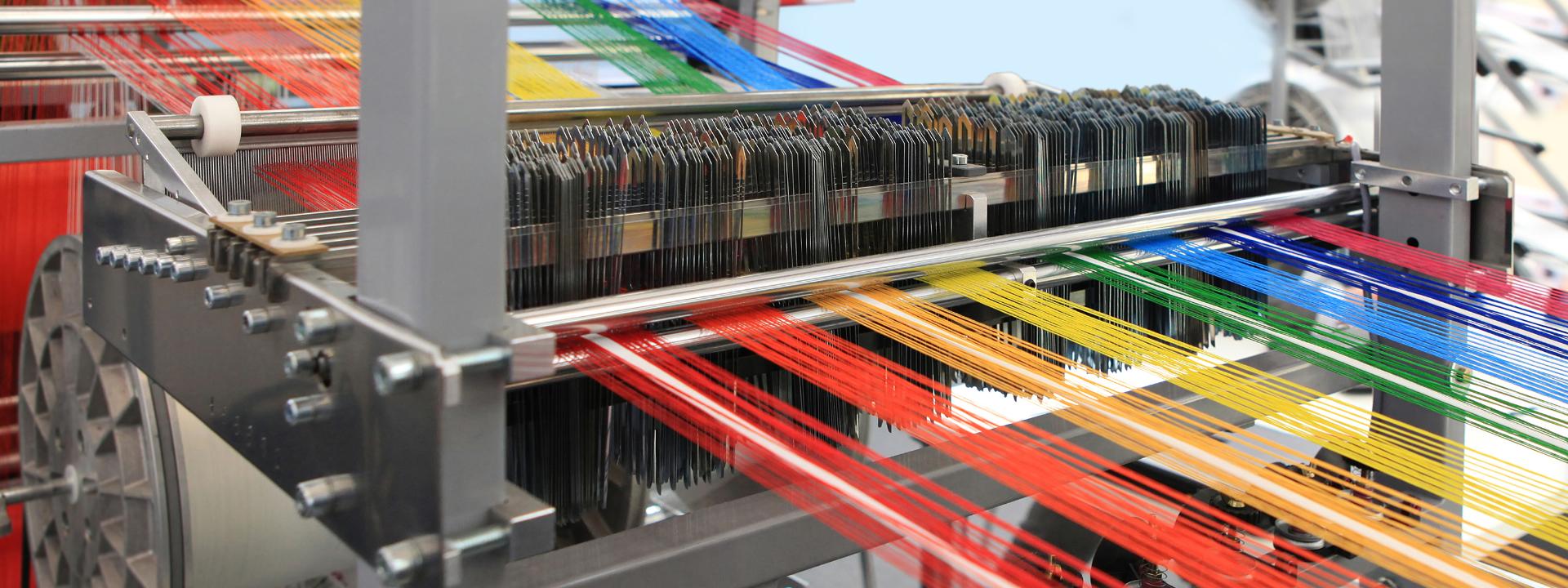
Strengths:
Weaknesses:
Opportunities:
Threats:

TEXTILE INDUSTRY KEY FACTS
Post Tagged with Best NIFT GD/PI coaching in Delhi, Best NIFT MFM Coaching in Ahmedabad, NIFT Interview Questions, NIFT M Ftech PI Questions, NIFT MDes Online PI questions, NIFT MFM Exam Preparation, NIFT MFM Personal Interview Questions, NIFT PI Questions